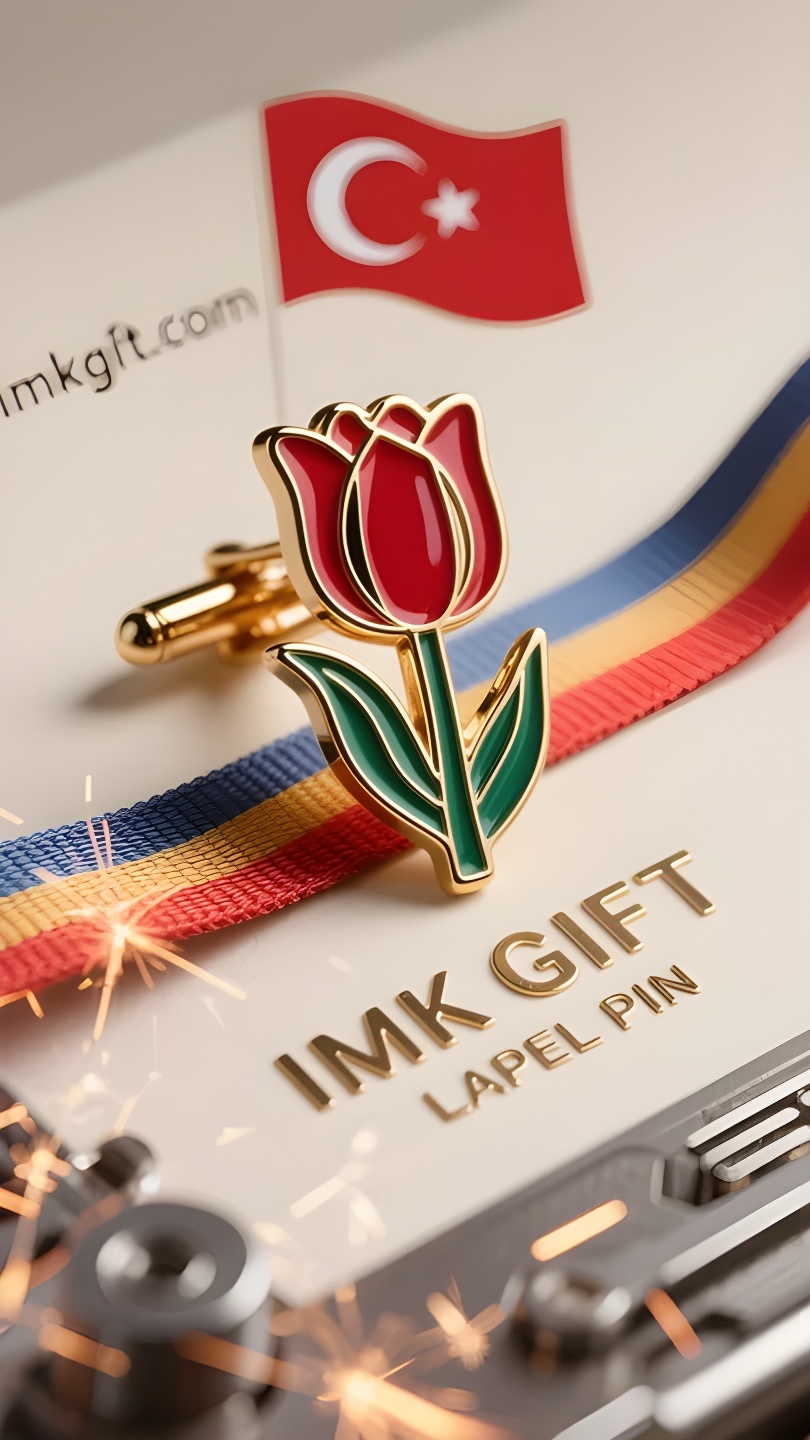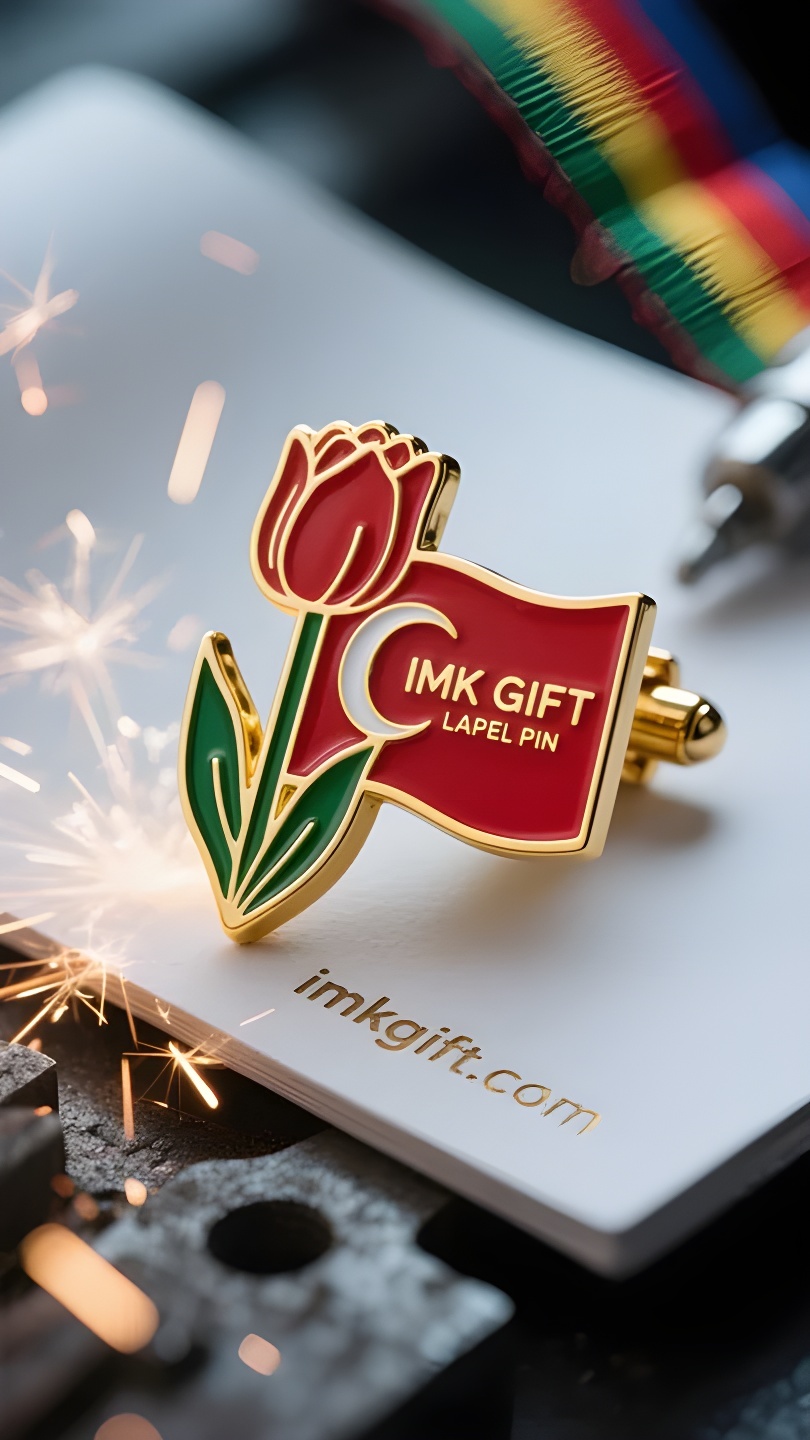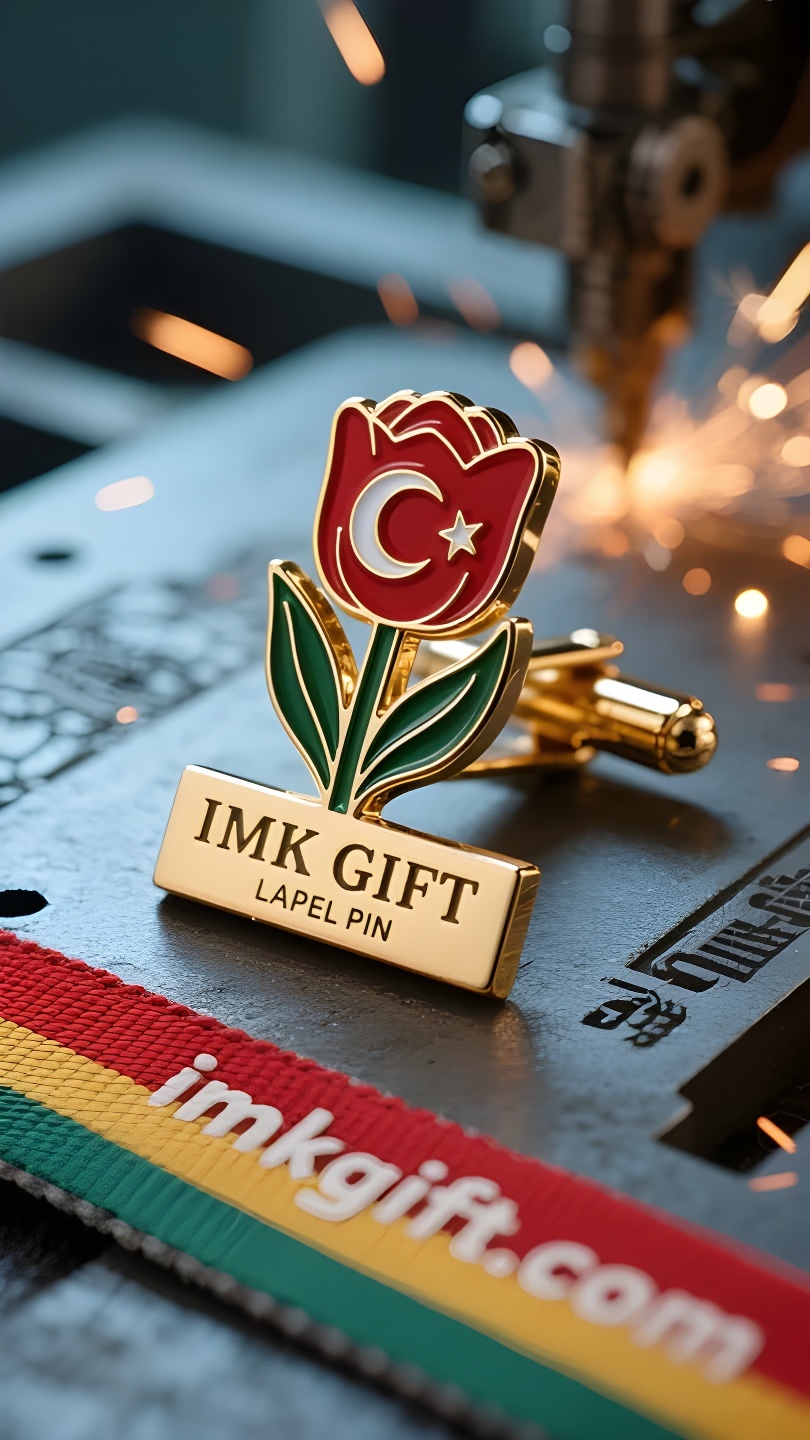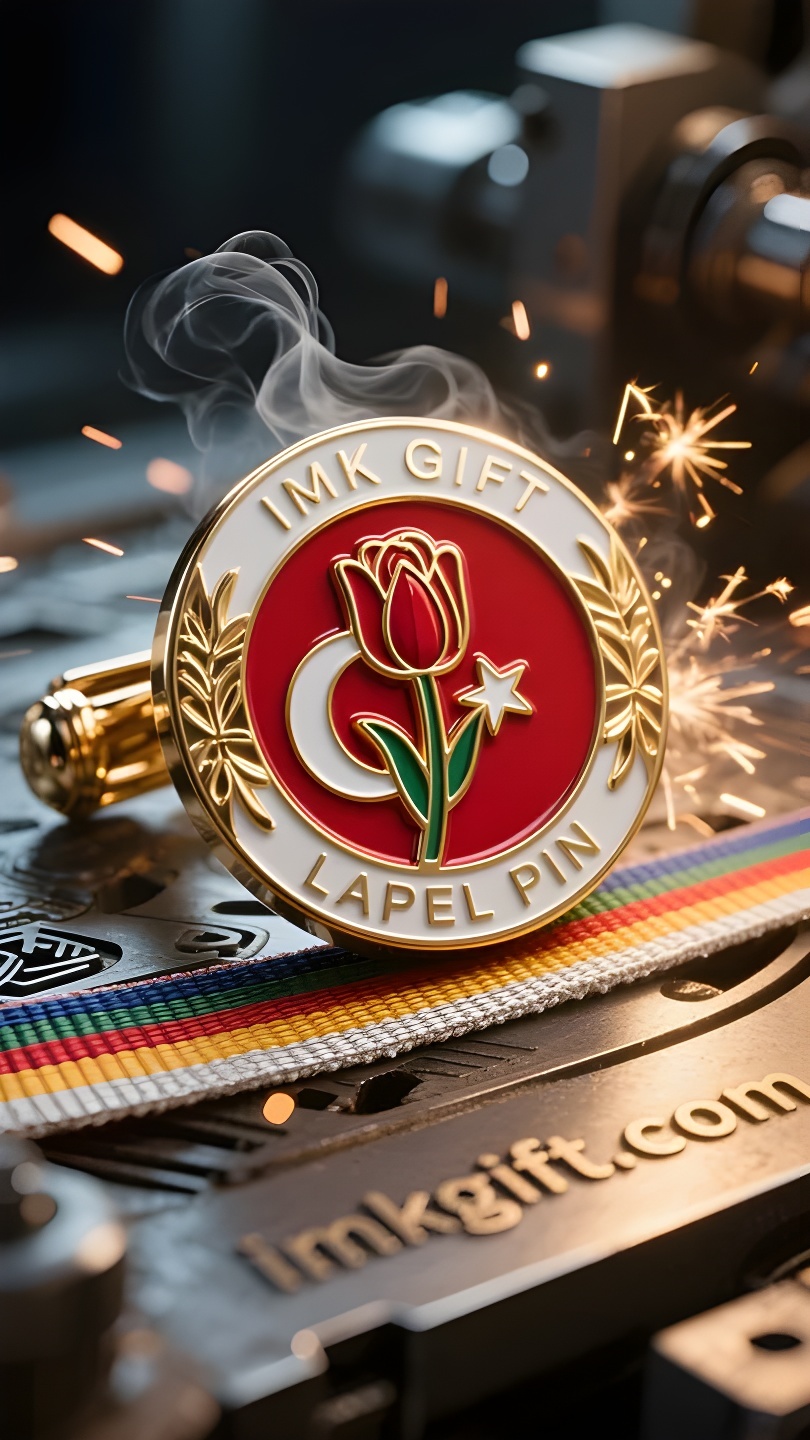in981-Yıldızlar-ve-laleler-arasında-yüzyıllık-diyalog
▼
Nisan ayında İstanbul’da lale denizi ile ay yıldızlı bayrak birbirini tamamlar. Osmanlı Lale Festivali, Ulusal Egemenlik ve Çocuk Bayramı’yla birleşince, Avrupa ve Asya’ya yayılan bu şehir, ulusal ruhun örgüsünü bu iki simgeyle örüyor. Bayraktaki kırmızı renk, Fatih Sultan Mehmed’in 1453’te İstanbul’u fethettiği sırada dökülen askerlerin kanıdır; hilal ve yıldız ise Bizans şehir surlarının yansımasından esinlenmiştir. Beş asırdır dalgalanan bu bayrak, Türklere gerçek zaferin daha fazla toprak fethetmekte değil, medeniyetin asıl amacını korumakta yattığını her zaman hatırlatır. Lale, Orta Asya’ya özgü bir bitki olup, Osmanlı sanatkarlarının yetiştirdiği, on altı yapraklı, göz alıcı güzellikteki çiçeklere dönüşmüştür. Lale kol düğmesi takan modern elitler yeni efsaneler yazıyor. Kol düğmelerindeki lale şekli üç gizli metaforu içinde barındırıyor: Üst üste binen yapraklar çokkültürlülüğün hoşgörüsünü, dik çiçek sapları zorluklar karşısındaki karakteri ve tomurcuklar da tıpkı Kemal’in devrimleri sırasında söylediği “geleceğe bakma” öğüdü gibi hep yukarı bakıyor. Brüksel’deki bir zirvede bir diplomat kol düğmelerini okşarken, bir girişimci imza töreni öncesi altın aksesuarını düzeltirken dokunduğu şey sadece Osmanlı zanaatkârlarının miras kalan becerileri değil, aynı zamanda medeniyetin bekçilerinin sorumluluk madalyasıdır. Topkapı Sarayı’ndan yeni şehir Ankara’ya, elle boyanmış lale çinilerinden akıllı saatlerdeki yıldız ve ay ekran koruyucularına kadar Türkiye, geleneğin bir kutunun dibinde saklı bir antika değil, kolunuza takabileceğiniz, kadim medeniyetin yeni çağda ilerlemesine rehberlik eden bir yıldız olduğunu kanıtlıyor.
In April, Istanbul is filled with tulips and the crescent-shaped flag. When the Ottoman Tulip Festival meets the National Sovereignty and Children’s Day, this city across Europe and Asia is weaving the latitude and longitude of the national spirit with two symbols. The scarlet on the national flag is the blood of the soldiers when Mehmed II conquered Constantinople in 1453, and the crescent and star are inspired by the reflection of the Byzantine wall. This flag, which has been flying for five centuries, always reminds the Turks that the real victory is not in conquering a lot of territory, but in protecting the original intention of civilization. Just as tulips are native to Central Asia, they bloom with the stunning beauty of sixteen petals under the cultivation of Ottoman craftsmen. Those modern elites wearing tulip cufflinks are writing a new legend. The tulip shape of the cufflinks hides three metaphors: the overlapping petals symbolize the tolerance of multiculturalism, the upright flower stems represent the character in adversity, and the buds are always facing upward, just like the admonition of “looking to the future” proposed by Kemal during his reform. When a diplomat touches his cufflinks at a Brussels summit, or an entrepreneur adjusts the golden accessory before a signing ceremony, what they touch is not only the handed-down skills of Ottoman craftsmen, but also the medal of responsibility of the guardian of civilization. From Topkapi Palace to Ankara New City, from hand-painted tulip tiles to the star and moon screensavers in smart watches, Turkey is proving that tradition is not an antique pressed at the bottom of a box, but a star that can be pinned on the cuff, guiding the ancient civilization to break through the waves in the new era.
四月的伊斯坦布尔,郁金香花海与星月旗交相辉映。当奥斯曼郁金香节遇上国家主权和儿童节,这座横跨欧亚的城市正用两种象征编织着民族精神的经纬。
国旗上的绯红是1453年穆罕默德二世攻陷君士坦丁堡时战士的血色,新月与星则源自拜占庭城墙倒影的启示。这面飘扬了五个世纪的旗帜,始终提醒着土耳其人:真正的胜利不在征服多少疆土,而在于守护文明的初心。正如郁金香虽原产中亚,却在奥斯曼匠人的培育下绽放出十六重花瓣的惊世之美。
那些佩戴郁金香袖扣的现代精英们,正在续写新的传奇。袖扣的郁金香造型暗藏三重隐喻:层叠花瓣象征多元文化的包容,挺立花茎代表逆境中的风骨,而花苞永远朝上的姿态,恰似凯末尔改革时提出的”面向未来”的训诫。当某位外交官在布鲁塞尔峰会上轻抚袖扣,或是企业家在签约仪式前调整这枚金色配饰,他们触摸的不仅是奥斯曼工匠的传世技艺,更是文明守护者的责任勋章。
从托普卡帕宫到安卡拉新城,从手绘郁金香瓷砖到智能手表里的星月屏保,土耳其正证明:传统不是压在箱底的古董,而是可以别在袖口的星辰,指引着古老文明在新时代破浪前行。
▼
Contact Us
📞 Tel: +0086-760-85286839
📧 Email: sales3@imkgift.com








